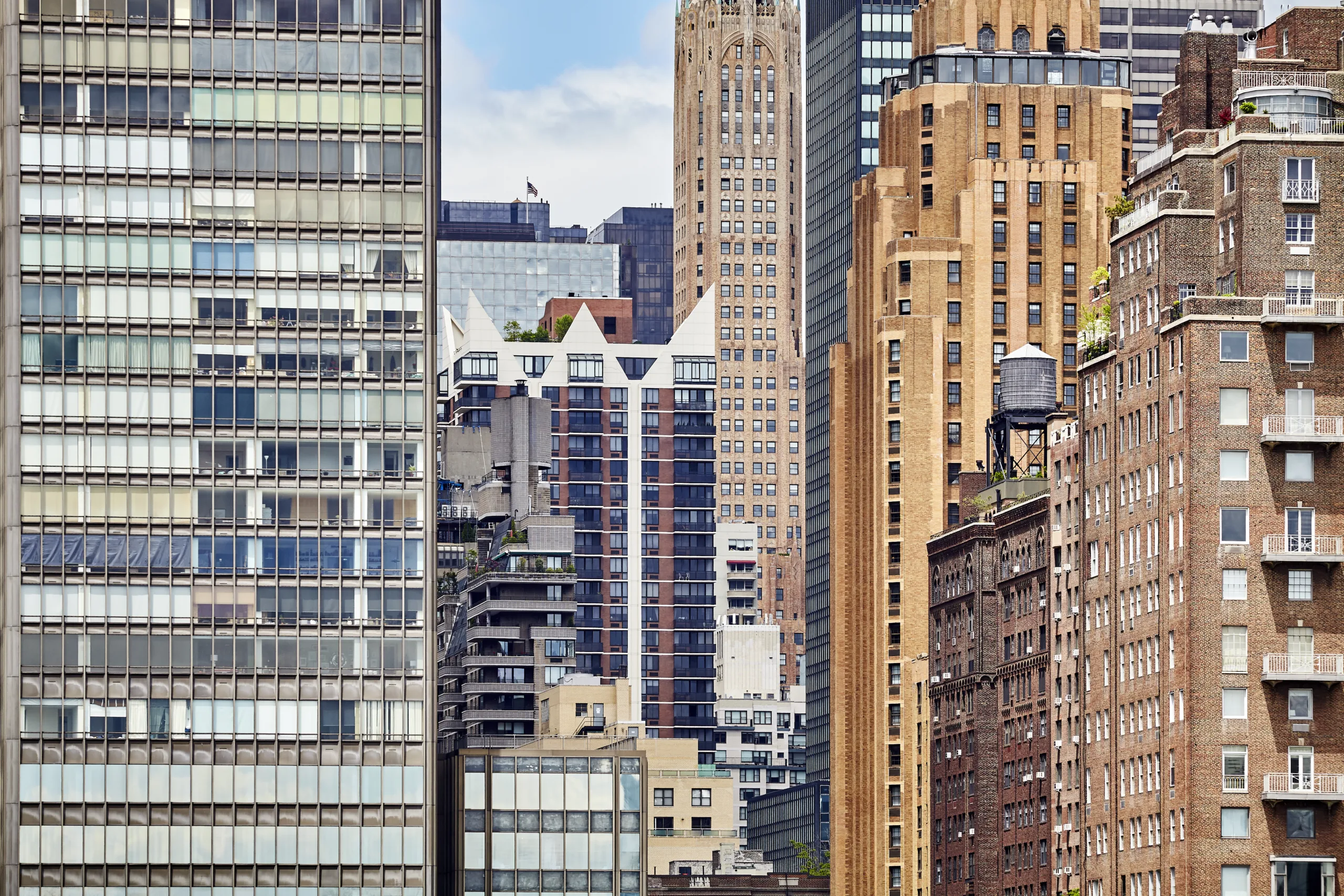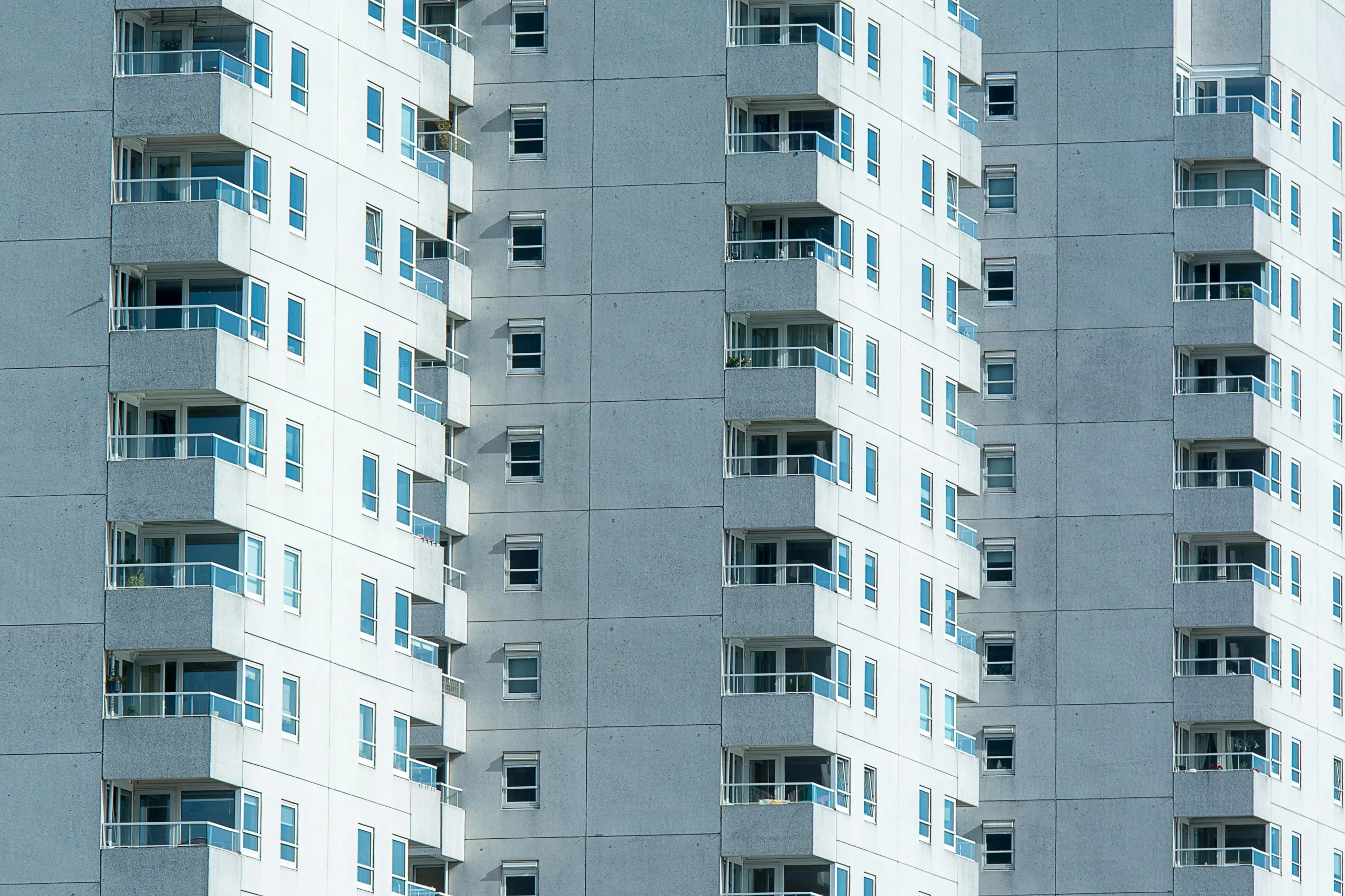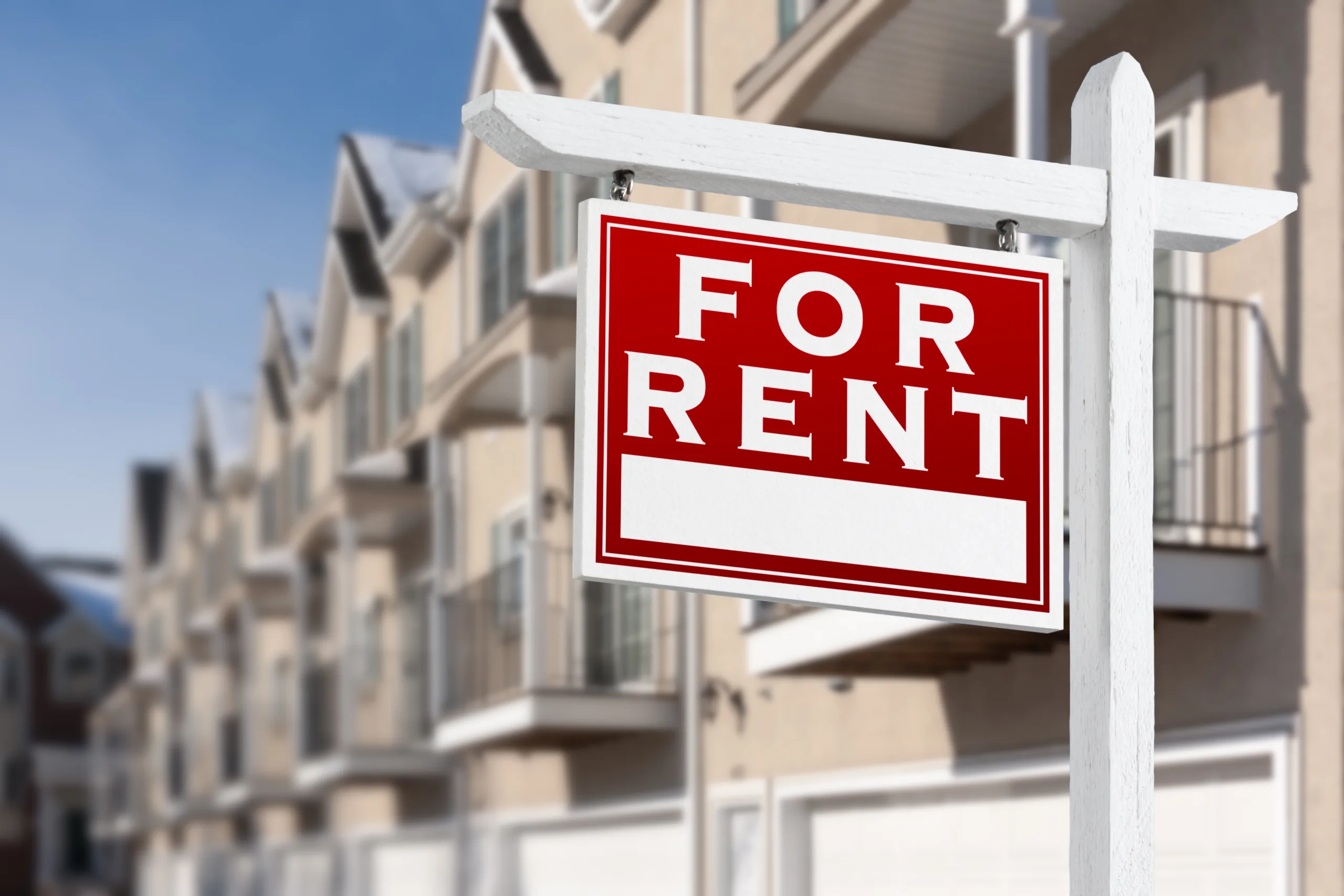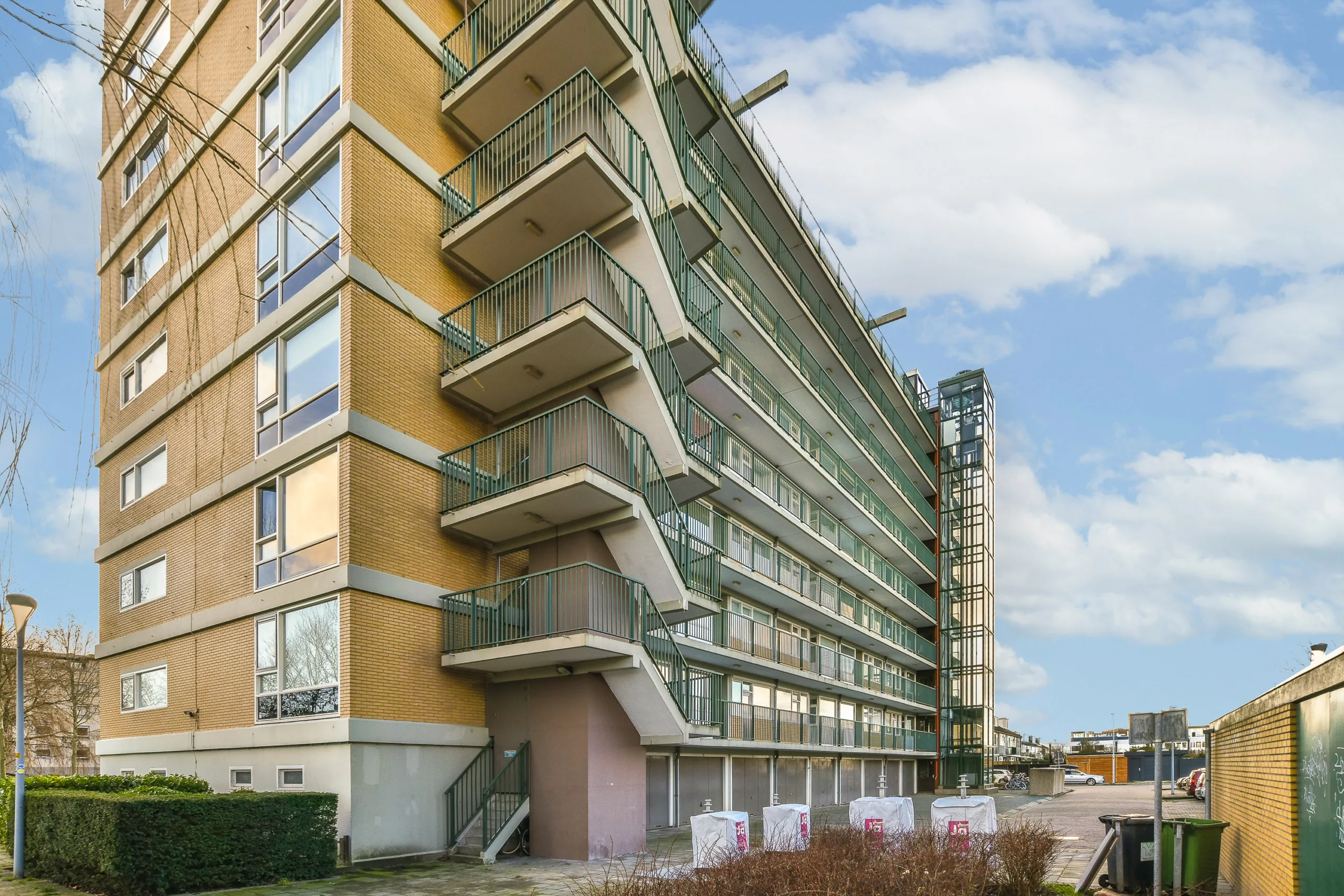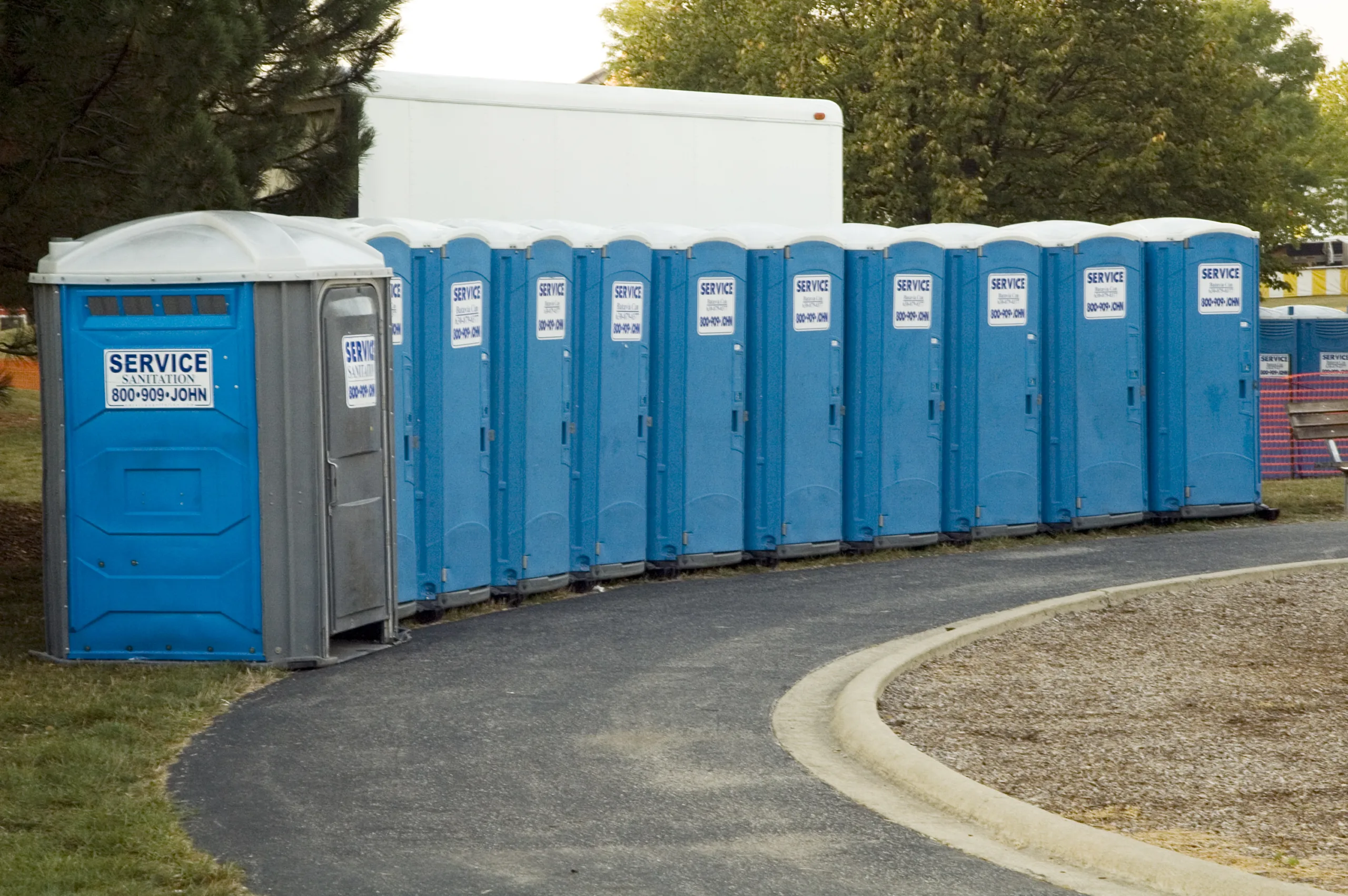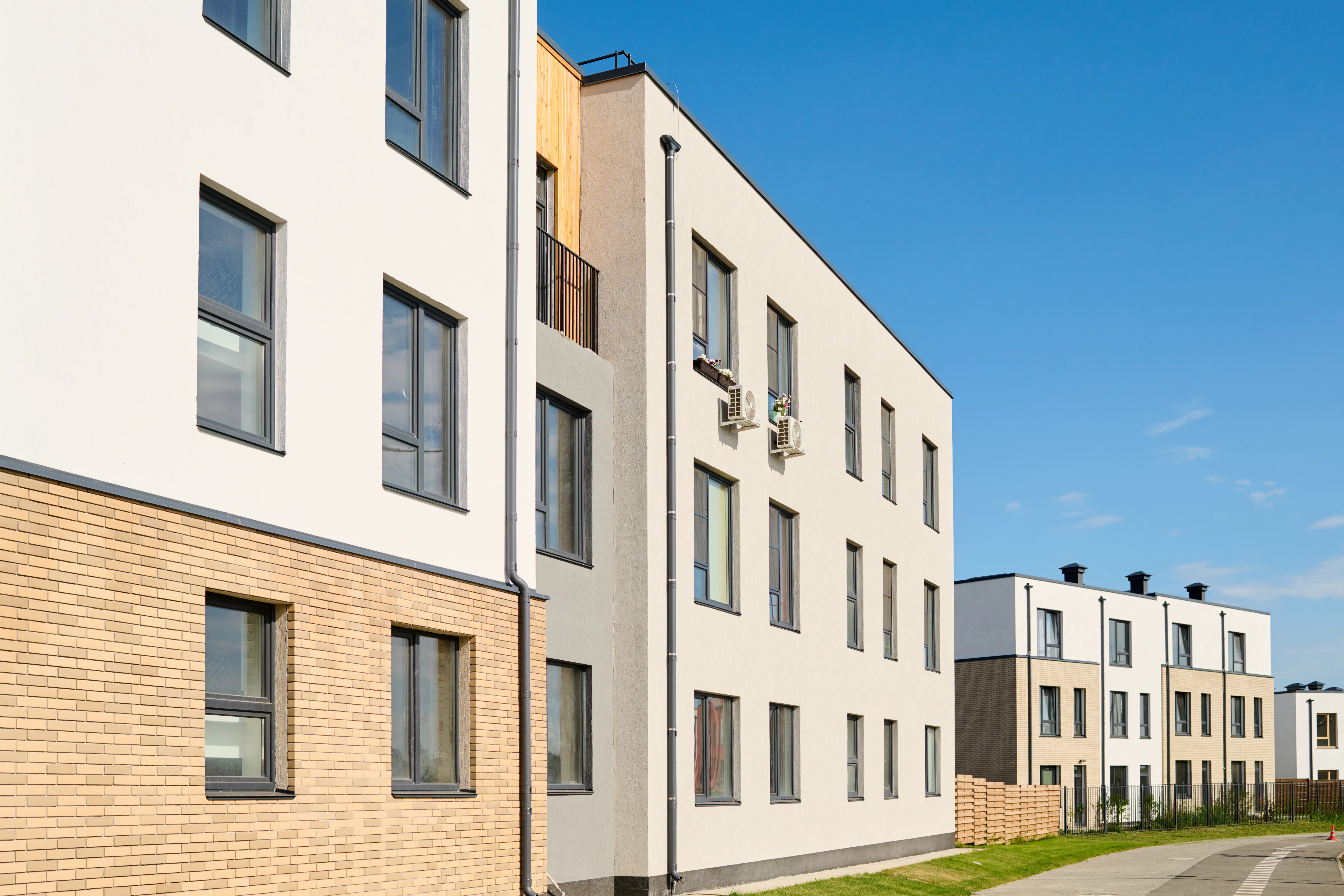- Multifamily forecast projects rent growth to slow to 2% by 2027, reflecting a return to pre-pandemic market norms.
- Annual completions are expected to stabilize around 400K units, aligning with historical averages.
- Ongoing housing shortages will help sustain demand despite elevated supply levels.
- Investors should shift focus from rent spikes to operational efficiency and long-term stability.
Market Finding Its Footing
The multifamily market is stabilizing after years of volatility, according to Yardi Matrix executives Jeff Adler and Paul Fiorilla, reports GlobeSt. Speaking during a recent multifamily market webinar, the researchers noted the sector is moving toward a more stable footing. Modest rent increases and steady construction are helping to restore predictability.
Yardi now expects national rent growth to reach 2% in 2027, a slight downward revision from its earlier 3% forecast. While the adjustment may seem marginal, it reflects a broader shift toward pre-pandemic market dynamics. “We’re seeing a normalization of the multifamily market,” Adler said, despite a weak showing in September.
Construction, Demand Begin To Align
Yardi’s revised forecast projects annual deliveries to hover around 400K units through 2027. This is slightly higher than previously expected due to elongated project timelines and continued starts through 2025. That figure is more aligned with historical averages, suggesting that the market isn’t facing oversupply, but rather a gradual flattening of the pipeline.
Projects started in 2022 and 2023 under looser financial conditions are still underway. Meanwhile, high construction and financing costs have slowed new starts, contributing to a more manageable flow of deliveries.
Get Smarter about what matters in CRE
Stay ahead of trends in commercial real estate with CRE Daily – the free newsletter delivering everything you need to start your day in just 5-minutes
Stability Brings Opportunity
Despite the elevated pace of completions, a structural housing shortage continues to support demand, preventing a sharp correction in rents. Household formation, while soft in the near term, is expected to rebound mid-decade, offering a firmer demand base just as new inventory comes online.
Occupancy is projected to stabilize in the mid-90% range, aided by strong renewal rates and limited turnover.
For developers and investors, the shift means future gains will hinge more on operations than market timing. With expense pressures like insurance and utilities still notable, cost control will be critical as double-digit rent hikes give way to mid-single-digit income growth.
Looking Ahead
Yardi’s analysis paints a picture of a multifamily market transitioning from turbulence to equilibrium. The next few years may not bring dramatic growth, but for investors, predictability itself is becoming the most valuable asset.
As Adler summed it up: “We’re heading toward a multifamily market that looks a lot like 2019—and that’s actually a good thing.”


